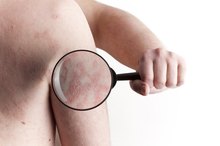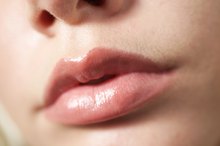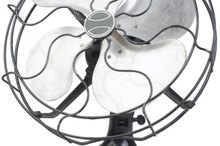What does fact checked mean?
At Healthfully, we strive to deliver objective content that is accurate and up-to-date. Our team periodically reviews articles in order to ensure content quality. The sources cited below consist of evidence from peer-reviewed journals, prominent medical organizations, academic associations, and government data.
- Mayo Clinic: Diethyltoluamide (Topical Route)
- U.S. National Library of Medicine: Neem Oil as a Sand Fly Repellent
- U.S. National Library of Medicine: Neem Oil as a Sand Fly Repellent
The information contained on this site is for informational purposes only, and should not be used as a substitute for the advice of a professional health care provider. Please check with the appropriate physician regarding health questions and concerns. Although we strive to deliver accurate and up-to-date information, no guarantee to that effect is made.
How to Keep Biting Flies Away at the Beach
Nothing puts a damper on your relaxing day at the beach quicker than sand flies nipping at your skin. These biting insects are commonly found in sandy areas and while they are not harmful, they can cause an allergic skin reaction that results in red, itchy bumps and in severe cases, a rash. The key to keeping insects at bay while on the beach is with insect repellent, which deters the sand flies due to the chemical DEET in the repellent's formula. As with any topical cream, consult your doctor prior to applying the cream to your skin as DEET is potentially harmful to pregnant woman and those with sensitive skin.
Rub a thin layer of the insect repellent onto exposed areas of your body. Avoid applying the insect repellent onto broken skin, around your eyes, nose or lips. Once applied, the repellent is effective for four to eight hours, according to the Mayo Clinic.
How to Treat Cracked Skin on the Hands
Learn More
Spray the aerosol form of the insect repellent on your skin. Spread the spray evenly over your skin in a slow, sweep motion. Allow the spray to dry completely before going into the water. Do not spray the insect repellant directly on your face to apply it. Spray the repellent into the palm of your hands and carefully wipe the spray over your skin while avoiding your eyes, nose and mouth.
Wipe the diethyltoluamide-wet cloth over your skin and wait for it to dry. These clothes are a no-mess alternative to aerosol sprays and repellent creams.
How to Treat Acne Cysts
Learn More
Reapply the insect repellent after being in the water. Water dilutes the repellent on your skin and can lead to sand flies biting you.
Cover your skin with neem oil. Neem oil is a safe, natural alternative to chemical insect-repellent sprays and creams 2. It consists of the oil from neem, an evergreen tree.
Tips
Wash the insect repellent from your skin with hot, soapy water to prevent prolonged exposure to the repellent. Wash your clothing immediately after leaving the beach to avoid skin irritation.
Warnings
Ingestion of diethyltoluamide can result in sickness including vomiting, nausea or headache.
Related Articles
References
- Mayo Clinic: Diethyltoluamide (Topical Route)
- U.S. National Library of Medicine: Neem Oil as a Sand Fly Repellent
- Centers for Disease Control and Prevention. Insect Repellent Use and Safety. Updated 03/31/15.
- Kliegman, Robert M., Bonita Stanton, St Geme III Joseph W., Nina Felice. Schor, Richard E. Behrman, and Waldo E. Nelson. Nelson Textbook of Pediatrics. 20th Edition. Philadelphia, PA: Elsevier, 2015. Print.
- Lupi, E., Hatz, C., and P. Schlagenhauf. The Efficacy of Repellents Against Aedes, Anopheles, Culex and Ixodes Spp. – A Literature Review. Travel Medicine and Infectious Disease. 2013. 11(6):374-411.
- Roy D., Goswami, R., and A. Pal. The Insect Repellents: A Silent Environmental Chemical Toxicant to the Health. Environmental Toxicology and Pharmacology. 2017. 50:91-102.
Tips
- Wash the insect repellent from your skin with hot, soapy water to prevent prolonged exposure to the repellent. Wash your clothing immediately after leaving the beach to avoid skin irritation.
Warnings
- Ingestion of diethyltoluamide can result in sickness including vomiting, nausea or headache.









